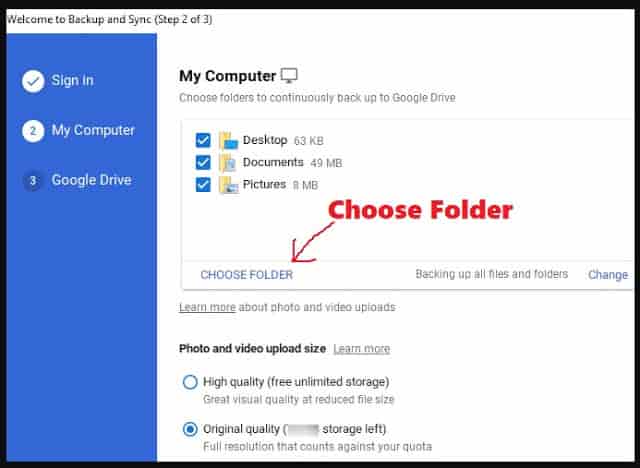

Those without SSDs typically experienced a delay of less than 10 minutes, though these users had less data on average than those with SSDs. Most of our users had SSDs and experienced a delay of less than 5 minutes. The delay will be proportional to the size of the user’s data, and will be slower if their computer has a traditional hard disk instead of an SSD. This will cause a one-time logon delay the next time the user logs on after the Group Policy settings are applied to the user’s account. When implementing Folder Redirection, the files & folders being redirected are moved synchronously during user logon. However, there are some minor issues we encountered that should be considered: Any attempt to use the Google Drive subfolder would cause Folder Redirection to automatically switch to the built-in Redirect to the local user profile location option.Ĩ months on, this solution has proven extremely effective with very few problems encountered during implementation or over the long term. Limitations in the user interface of Group Policy Folder Redirection meant that attempts to use it to redirect any folders to the Google Drive subfolder within the user profile location resulted in the folders being placed at the top level of the user profile – i.e., in C:\Users\ username – exactly where they were by default.

However, updates to the Google Drive sync application in late 2014 allowed it to sync a folder with existing files, correctly reconciling the changes with Google Drive storage. This meant that pre-populating the Google Drive folder with user files before the user had a chance to sign in to Google Drive would prevent sync from working. Since its initial launch, the Google Drive sync client required the local Google Drive folder to be completely empty when sync was first set up. The natural solution was to use the standard Group Policy Folder Redirection feature to automatically move user folders into the C:\Users\ username \Google Drive location, instead of using it to move the folders to a network share. As such, a backup solution was required that would require the user to change their behavior as little as possible while ensuring that the entirety of their locally-stored data was backed up and could be easily restored to an alternative workstation. IT staff would also spend large amounts of time transferring files when users had to have their workstation replaced. Numerous difficulties had arisen over the years with this approach, as files would sometimes be lost when hard disks failed. In the meantime, the size of hard disks on individually assigned devices was such that total user data size had grown substantially over the years, and setting an automatic redirection to a network share would have outstripped available file server space several times over. Neither roaming profiles nor folder redirection were in use, so most users simply saved files to the default Documents folder, stored only on the internal hard disk of their laptop or desktop. While users already had access to both a mapped network share and Google Drive, few users had taken the initiative to store any large proportion of their files either on the network, or in their synced Drive folder (if they had set up sync at all).


 0 kommentar(er)
0 kommentar(er)
